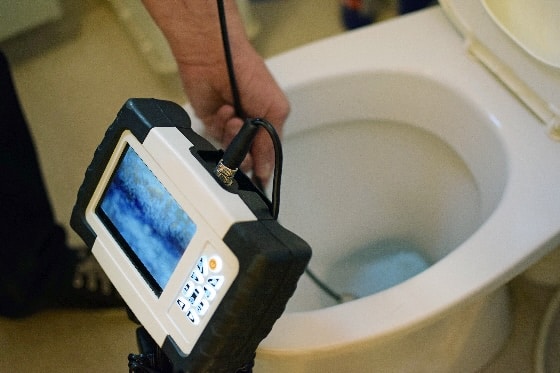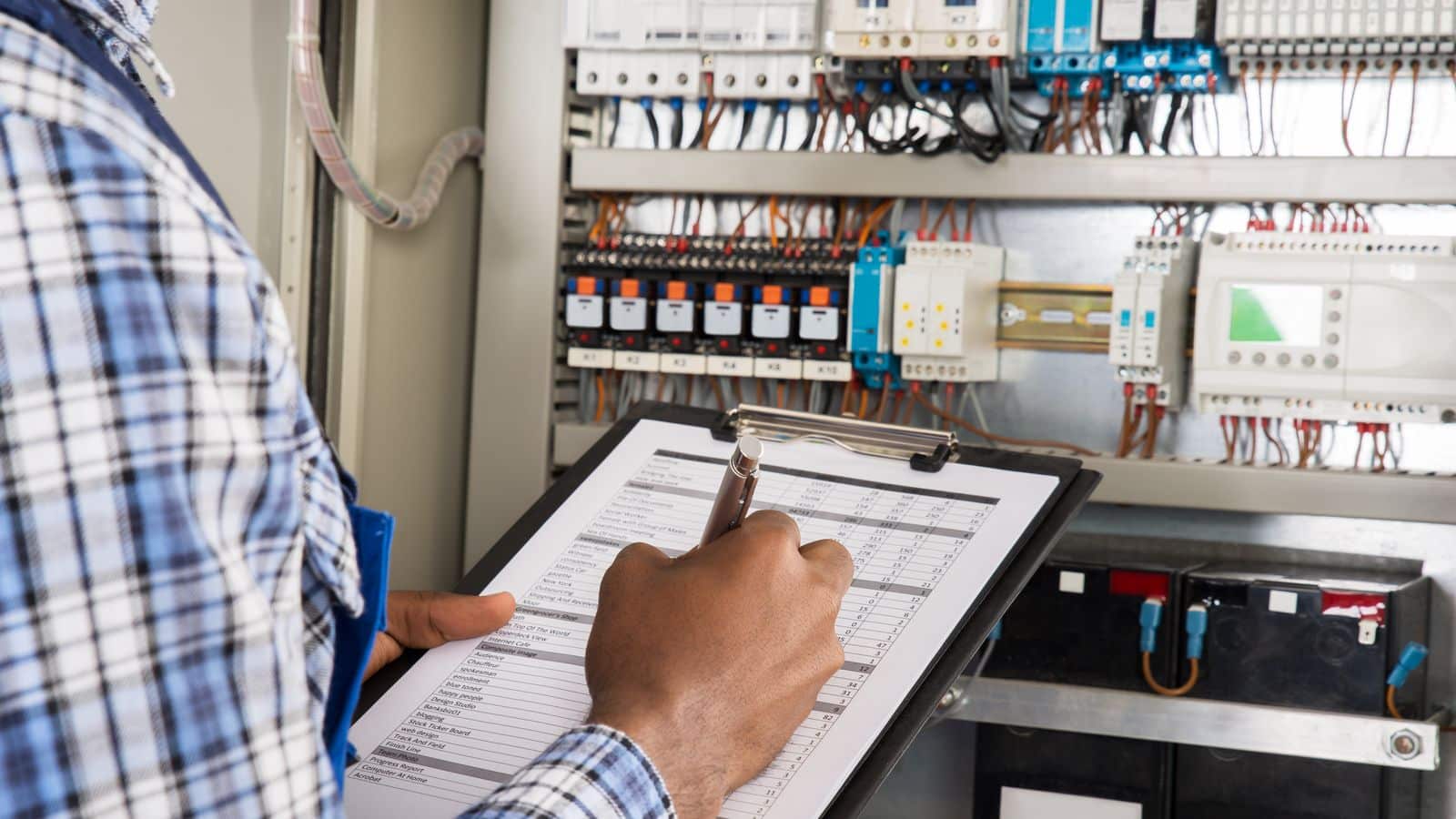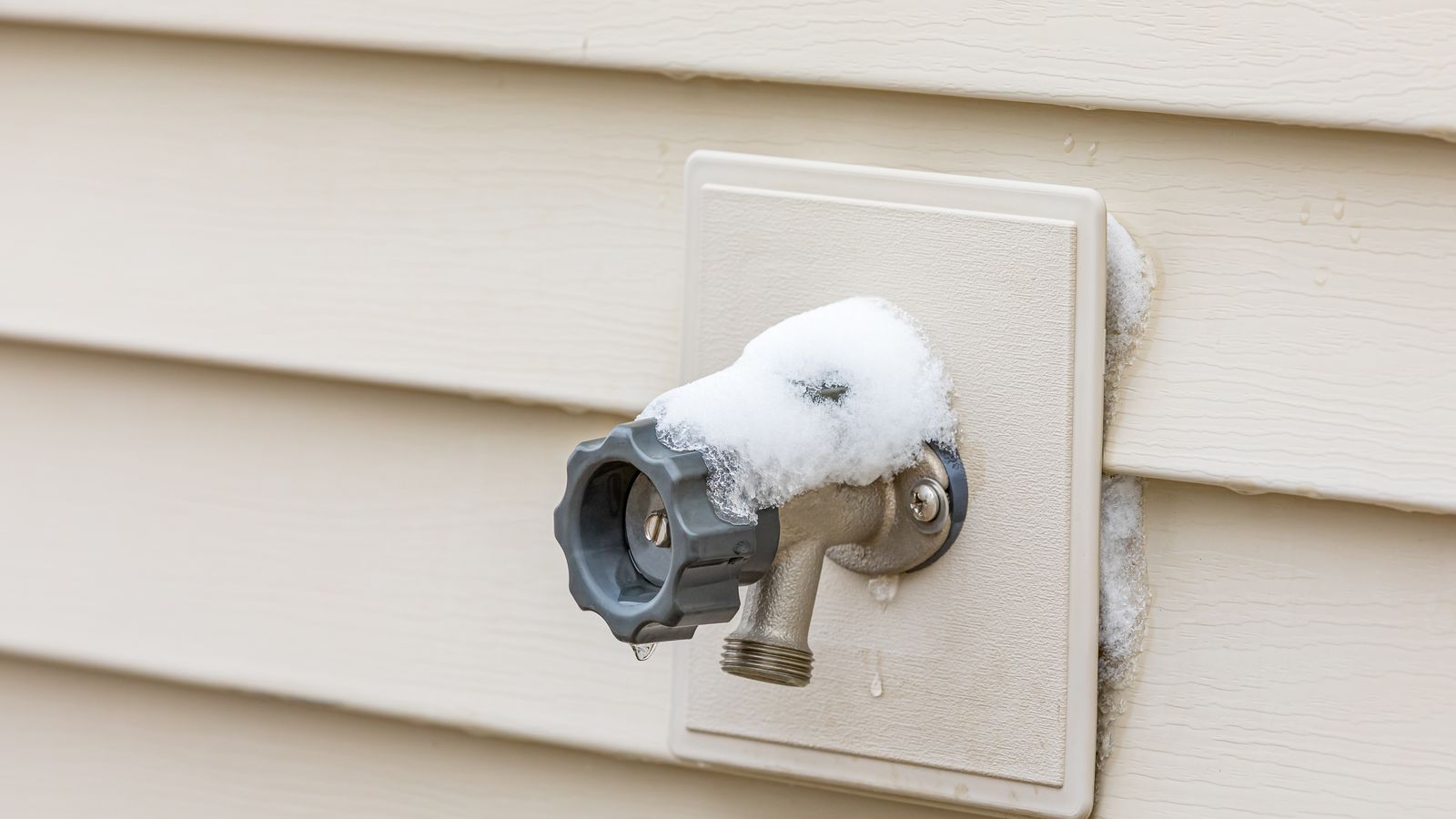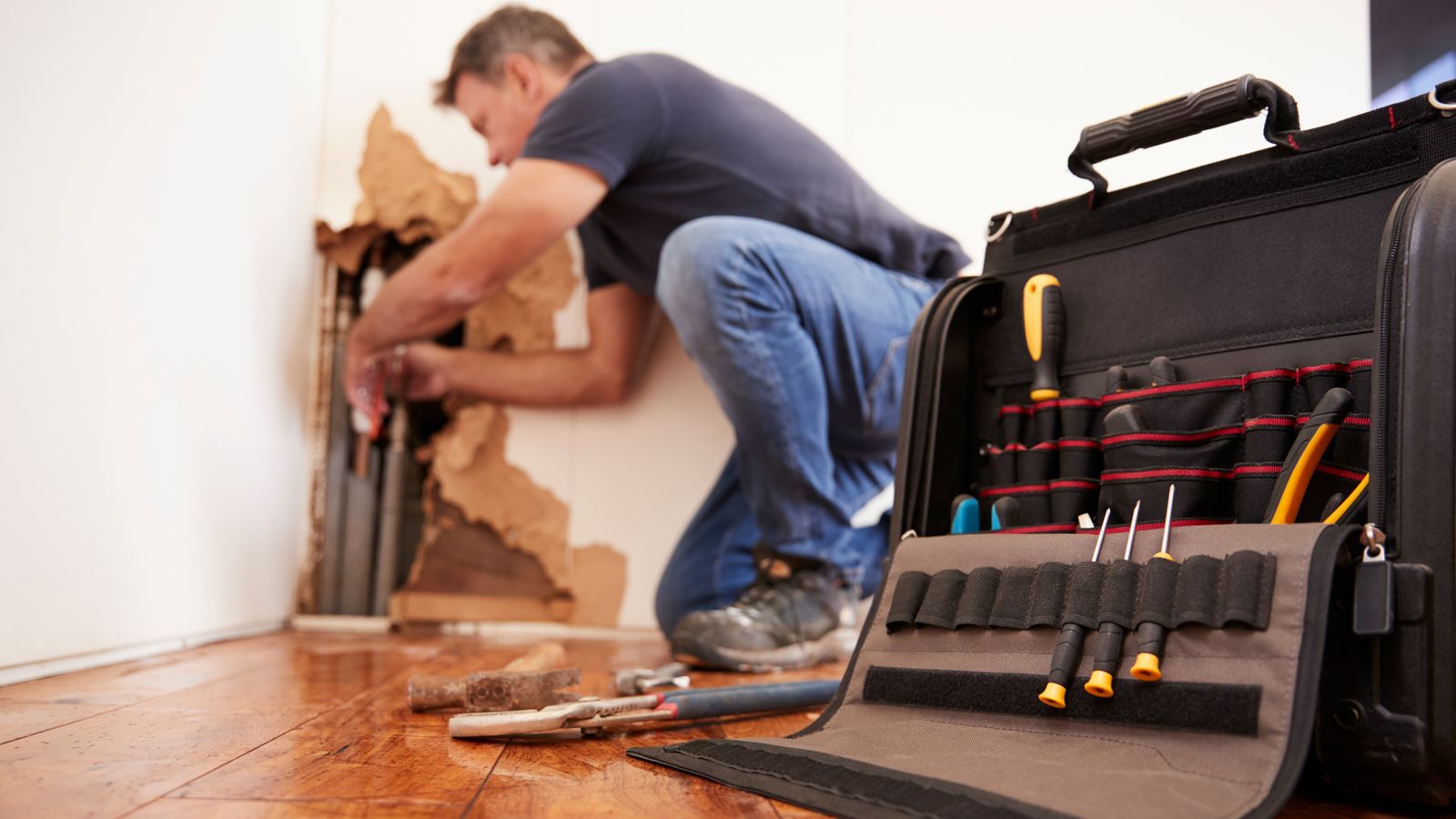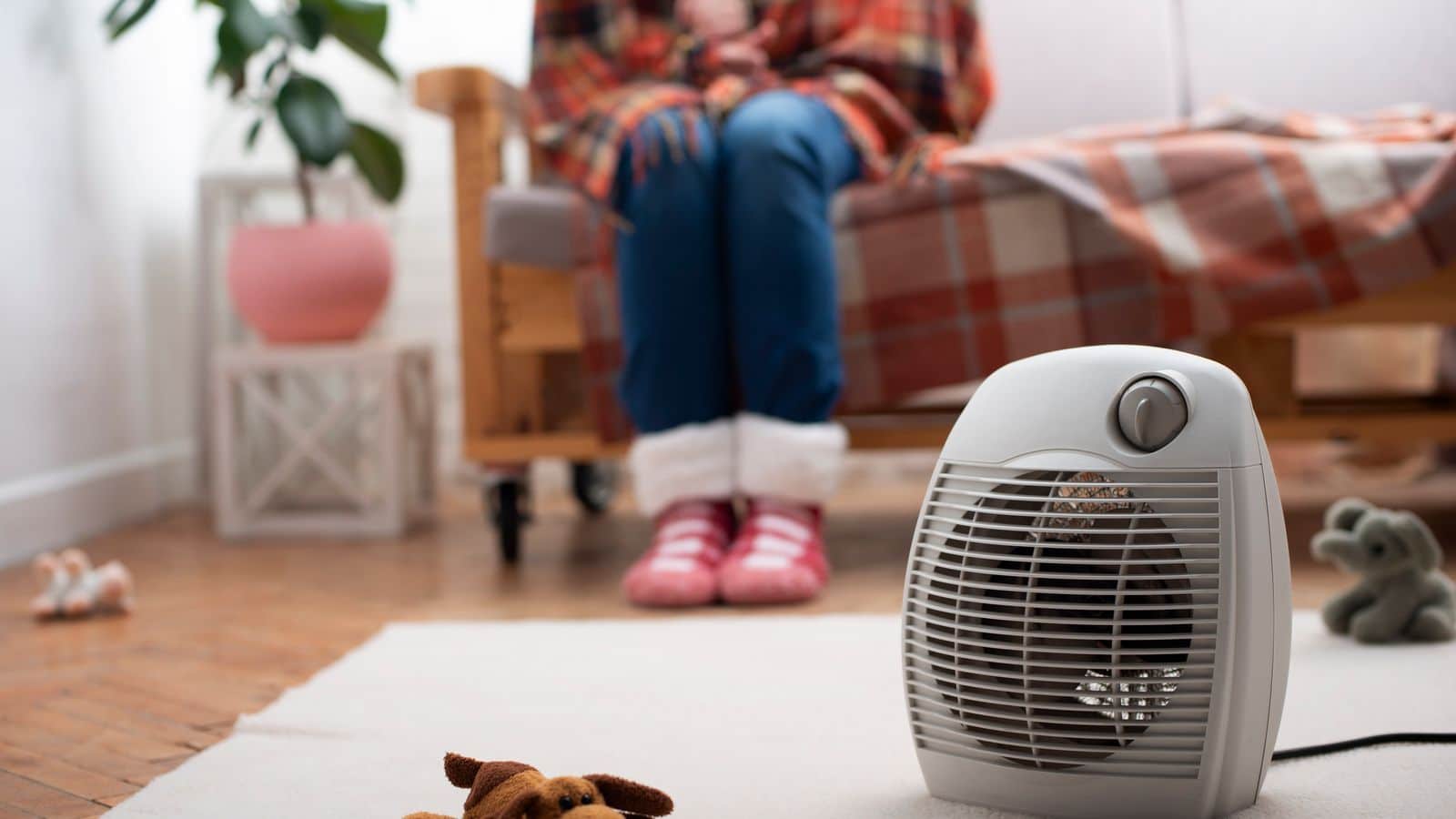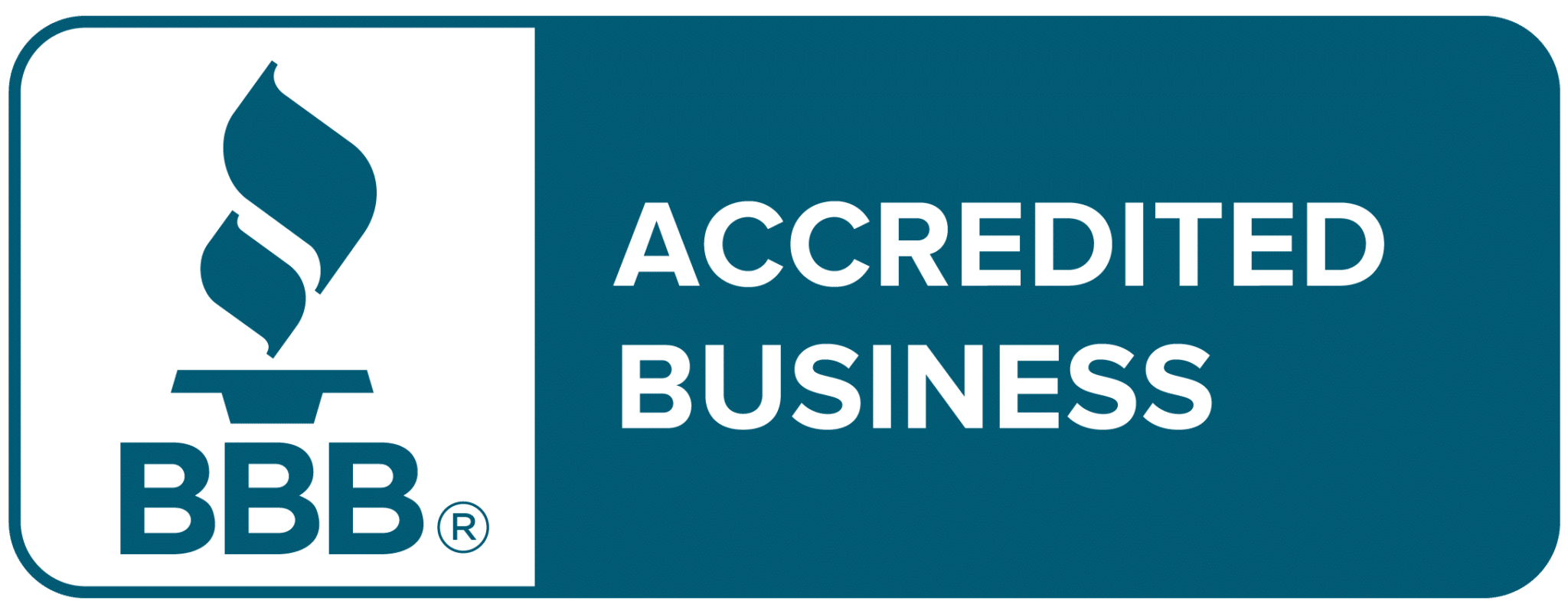This is a topic that, although it may seem as if everyone would understand these concepts, is often taken for granted. So, I thought I would take some time, and discuss the basics behind what you can and cannot flush down the toilet.
What You Can Flush:
This is simple. The three things that you should flush down the toilet are poop, pee, and toilet paper. That’s it. There is no more need to get any more complicated. That is all that should go down the toilet.
What Not to Flush:
This list could be long, but here’s general rule: if it is not the three things listed above, DO NOT FLUSH IT! Just for clarity’s sake, however, I will list a few of the common items that people flush, but should not.
Paper towels or tissues like Kleenex should not be flushed. This type of paper is designed to stay together when wet, and absorb moisture, so it often takes too long to break down in the sewer system, and can cause sewage blockages.
Unused drugs, or pharmaceuticals, should never be flushed! Although some believe this to be a safe way to dispose of these things, it is not. There are often times when wastewater treatment plants are not designed to remove certain chemicals found in dugs, and that means they are not removed, and get pumped into lakes, rivers, or groundwater with dangerous chemicals still present. People swim in lakes and rivers, and other communities’ drinking water comes from underwater aquifers.
Other Things That You Should Not Put Down the Drain
- Fats, oils or greases (although these go down the sink easily when heated, they cool in the sewer systems and cause blockages).
- Big chunks of garbage, sand, metals, wood, straw or grass, wastepaper, plastics, toys, animal parts, goldfish, glass, cat litter (including so called “flushable” cat litter), disposable diapers, sanitary napkins, tampons (including tampon applicators), other bulky so called “disposable” products, or similar substances.
- Corrosive substances, either acidic or caustic.
- Rainwater and storm water; foundation drains, sump pumps, roof drains, etc.
- Flammable or explosive liquids, solids, or gases. Anti-freeze or coolant, brake fluid, transmission fluid and other automotive chemicals.
- Paint, stains, wood preservatives, solvents, sealants and thinners
- Any substance that is toxic to the treatment facilities or workers in the facilities.
- Poisons and hazardous waste
- Anything radioactive.
- Fertilizer, herbicides, pesticides, insecticides.
- Medical equipment and medicines (again, do not flush drugs!)
Why Should You Care What Goes Down Your Toilet?
Although the things that you may flush down the toilet may escape your home’s plumbing, the sewage blockages that occur in the larger pipes affect many more people than just your family. Because the sewer services are a publicly operated service, the cost to maintain that infrastructure is collected from taxes, and more blockages means a more expensive public bill.
If what you flush down the toilet does not make it out of your home’s plumbing system, the damage it can cause can be extensive, and, at times, not covered by your home owner’s insurance. This can have a devastating effect on your life.
If it is not what should go down the toilet, do not flush it. Keep it simple. You are the only one who can take care of what you flush down the toilet.

